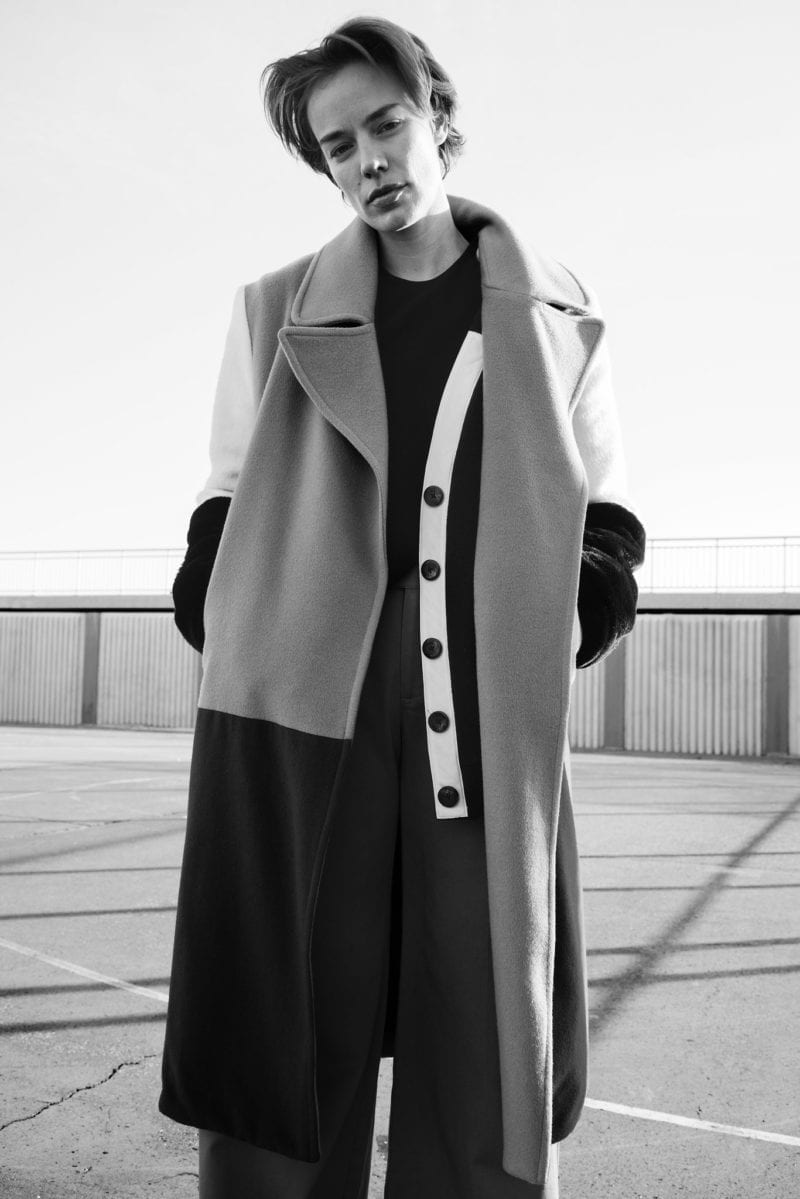I never really paid attention to the cultural conversation around codependence until I realized the conversation was about me. I had a picture in my mind of what I thought codependency was—namely, romantic relationships marked largely by an unhealthy expression of needs—and I didn’t fall into that category.
However, as I learned more about codependency and its various forms, my narrow view of what it looked like expanded enough to see myself suddenly smack dab in the middle of it. I’d somehow lost my entire sense of self in pursuit of my career.
I’d somehow lost my entire sense of self in pursuit of my career.
To follow the definition of codependency explicitly, I’d become “characterized by excessive emotional or psychological reliance on a partner.” My partner just happened to be my coworkers.
Since then, I’ve spent a lot of time trying to better understand the concepts of codependence and its counterpart, interdependence, in order to move toward the latter. Although my journey is ongoing, I’ve learned how to spot the red flags of codependency in my life.
Here are some practical steps to establish interdependence in its place.
1. Commit to understanding.
I had to set aside my preconceived notions and stereotype-driven ideas of what codependence looked like. What I thought was a concept only applicable to dating and marriage, can be found just as often in friendships, families and work relationships as well. By obtaining a more comprehensive view of codependency, I was better equipped to identify its unexpected role in my life.
By obtaining a more comprehensive view of codependency, I was better equipped to identify its unexpected role in my life.
2. Prioritize interdependence, i.e. a firm sense of self.
Seeing how harmful my behavior was allowed me to consider the type of behavior I valued instead: a concept I now know as interdependence. In an interdependent relationship, the individuals are able to maintain a firm sense of self—sharing a joint respect for the relationship, while defining clear boundaries that allow each party to communicate their needs in a healthy way. From this perspective, it becomes easier to measure the health of a relationship by the degree to which the individuals have the space and freedom to be themselves.
In practice, the steps are fairly simple—maintaining friendships outside of the relationship, protecting alone time, finding individual hobbies and interests and not compromising personal values for the sake of the other party. These things not only allow each person to flourish as individuals, they help create balance and equity in the relationship as well.
3. Distinguish between interdependence and complete independence.
Interdependence, however, must not be confused for utter independence. Whether you’re someone trying to heal from codependent behavior or someone who does not relate to it at all, there is a fear, or perhaps, a misunderstanding of interdependence that drives us to reject dependence of any kind.
Our culture is obsessed with independence. Trendy phrases like “be your own soul mate” and “pick yourself up by your bootstraps” reinforce the idea that we can’t rely on anyone for anything. The perpetual *hair flip,* “I don’t need a man” attitude robs us of the opportunity to share life with others in the beautifully raw way available to us when we are willing to be vulnerable.
Our culture is obsessed with independence… [an attitude that] robs us of the opportunity to share life with others in the beautifully raw way.
Sure, you don’t need someone else, but it is OK to allow your needs to be met by a partner in a way that embodies mutual respect and affection. In a world where women are constantly told to make themselves small, a courageous pursuit of interdependence in relationships is a radical rebellion. Giving yourself the grace to be your fullest self—one with strengths and weakness, needs and desires —fosters the kind of vulnerability that most resembles strength.
Therein lies the opposite ends of the spectrum of dependence in relationships: codependency and excessive reliance and emotional isolation in pursuit of independence. Interdependence, however, is the fertile soil in between. Like a Venn diagram, interdependence is the partial overlapping of two distinct units. The intersecting lines represent a healthy degree of support, sharing and complementarianism, while the crossover is not so extreme that the circles lose themselves in one another.
This should be the goal of all relationships—romantic and otherwise. Our pursuit should not be one of total reliance or drastic independence, but of mutual respect, clearly defined boundaries that are communicated, maintained and allowed to shift over time, and a shared esteem for the individuals’ distinct roles in the relationship.
A courageous pursuit of interdependence in relationships is a radical rebellion.
It is certainly the goal I keep in mind as I continue to better my relationships at work. I refuse to make myself small in order to diminish my needs or be absorbed by those of another person. Instead, I make space to be my fullest self, communicate the boundaries that best foster that behavior, and invite others in my circle to do the same.
How have you learned to find a balance between codependence and complete independence? Why is interdependence such an important concept?
Image via Justice Apple at Elyse Connolly Agency, Darling Issue No. 21











